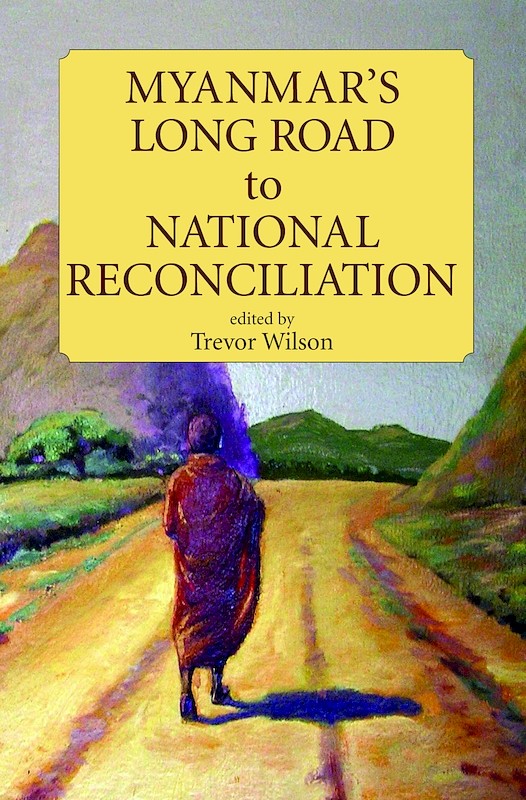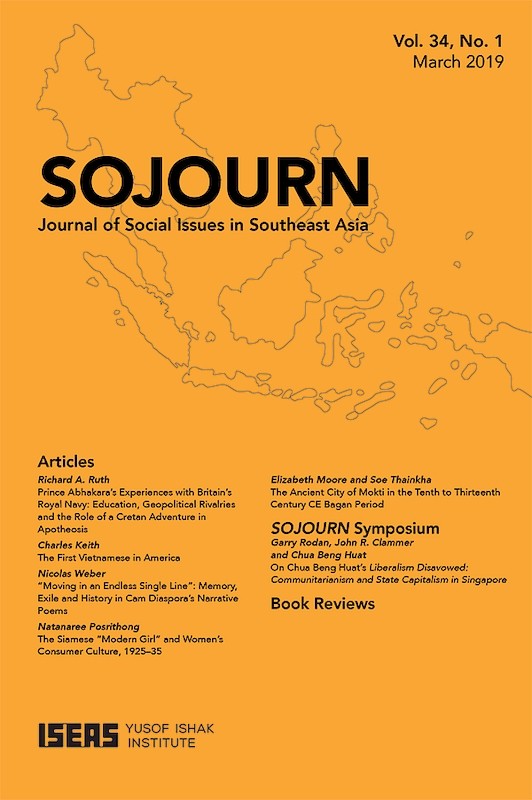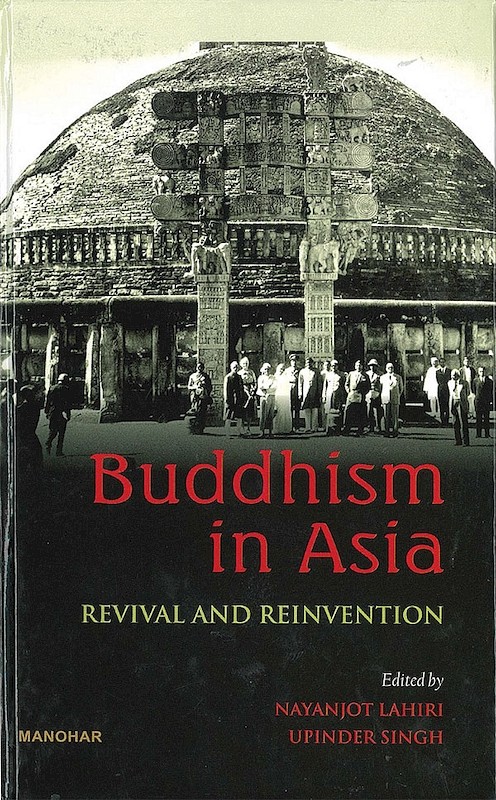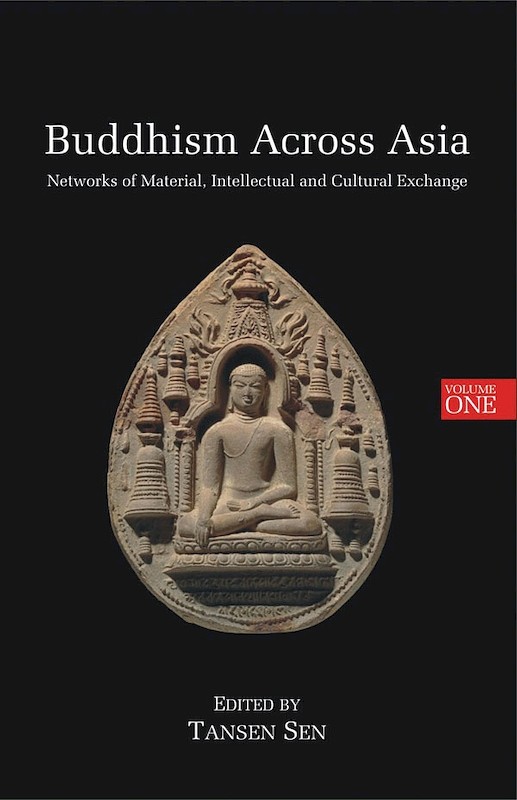Bagan and the World: Early Myanmar and Its Global Connections
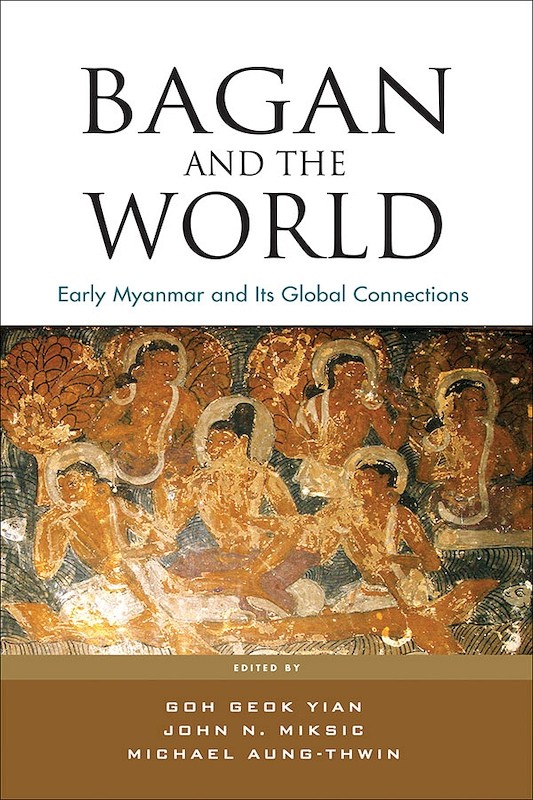
Date of publication:
2017
Publisher:
ISEAS – Yusof Ishak Institute
Number of pages:
240
Code:
NSC26
Soft Cover
ISBN: 9789814786027
Reviews
Bin Yang, https://www.ostasien-zwickau.de/newpage233fbc2b, 2021.
"Chapter 10 "Orthogeneity, Settlement Patterns and Earthenware Pottery Distribution in Bagan" by John N. Miksic, the most well-known (and arguably, the only one) archaeologist specializing in Southeast Asia continues to use archaeological data of pottery distribution to analyze the socio-economic complexity of Bagan, a theme being examined by Goh Geok Yian. ... Current (and future, hopefully) archeological analyses hence has shed new light on the early Southeast Asian urbanization and urban life.
This edited book, though contributed by diverse scholars, remained coherent in discussing Bagan in a broader context. The history of Myanmar, to those who are extremely interested in including the reviewer himself, seems to have been done mainly by scholars outside of the country. This edited book hence provides a great opportunity to glimpse Myanmar scholars and their original works, especially through the lens of archaeological studies which have remained basically unknown to the outer world. And interdisciplinary efforts made by all these contributors have drawn a map of Bagan that were connected with various parts of our world. Splendid and never isolate, Bagan thrived (and declined)."
Reshmi Banerjee, Tea Circle, 10 September 2018.
"This edited book with its collection of chapters tries to unravel the role of Bagan and the power that it wielded historically in the development of economy, religion, art and technology in this region. The book comes at a useful juncture as it highlights the connectivity and influence that the country exerted throughout history. Myanmar's forced 'isolation' under the aggressive military regime and its political turmoil often makes us forget the country's bygone era and its glorious heritage, a past which served as a useful bridge between diverse knowledge grids and complex terrains. The book thus tries to break the long-lasting illusion of the country's solitary existence by replacing it with a 'narrative of networks' which it built in the olden days; consciously cultivated to not only firmly integrate with the outside world, but to also use the linkages to strengthen its internal space. Bagan was thus not just a religious site, but also an important socio-economic center with its commercial prowess and social standing being equally significant.
The book is culturally rich with the use of images serving as a useful tool to acquaint the readers with the nuances of architectural, artistic and aesthetic parallels between societies in this region. It also informs one of the functional fluidity prevalent across frontiers, which in present times, seems to be overshadowed by nation-states' varying degrees of political rigidity, economic competition and social disharmony."
"When the keynote speaker tells a major international conference that he is about to bite the hand that feeds him, you know you're in for a provocative debate. Many issues are aired in this slim but essential volume. Most revolve around identity and definition, questions more painfully current today than they seemed at the time of the Bagan Conference in 2012. Bagan city flourished between the ninth and fourteenth centuries CE and is today a World Heritage site: within forty-two square kilometers there are more than 3,000 Buddhist monuments, remaining from the 4,474 recorded in the fifteenth century.
The texts are fairly dense, but all the authors make the subject matter easy to follow and all write so well that no expertise is required to follow the arguments.
The editors have worked hard, Miksic supplying the photos and Goh the drawings for some of the papers.
The provocative keynote speaker was the historian Michael Aung-Thwin, also an editor. His paper opens the volume and is a wonderful demolition of a basic premise of the conference – that Myanmar cities "have been examined in splendid isolation". He disposes of this "myth" with bracing erudition and congratulates the participants on their willingness to overcome Myanmar's recent intellectual isolation. If this book is anything to go by, they will succeed."
About the publication
The archaeological site of Bagan and the kingdom which bore its name contains one of the greatest concentrations of ancient architecture and art in Asia. Much of what is visible today consists of ruins of Buddhist monasteries. While these monuments are a major tourist attraction, recent advances in archaeology and textual history have added considerable new understanding of this kingdom, which flourished between the 11th and 14th centuries. Bagan was not an isolated monastic site; its inhabitants participated actively in networks of Buddhist religious activity and commerce, abetted by the sites location near the junction where South Asia, China and Southeast Asia meet.
This volume presents the result of recent research by scholars from around the world, including indigenous Myanmar people, whose work deserves to be known among the international community. The perspective on Myanmar's role as an integral part of the intellectual, artistic and economic framework found in this volume yields a glimpse of new themes which future studies of Asian history will no doubt explore.
Contents
-
Bagan and the World
[Whole Publication, ISBN: 9789814786652], by Goh Geok Yian, John N Miksic, Michael Aung-Thwin, editors -
Preliminary pages
-
1. Keynote: The Myth of "Splendid Isolation", by Michael Aung-Thwin, author
-
2. Analysis of Construction Technologies in Pyu Cities and Bagan, by Kyaw Lat, author
-
3. Khraung-kaik Pitaka-taik: 16th-Century Repositories for Buddhist Scriptuers in Mrauk-U, by Mya Oo, author
-
4. Religious Symbols as Decorations on the Sikhara of Ancient Monuments in the Late Bagan Period, by Pyiet Phyo Kyaw, author
-
5. The Viṣhṇu on Garuḍa from the Nat Hlaung Kyaung Temple, Bagan, by Olga Desphande, Pamela Gutman, authors
-
6. A Thousand Years before Bagan: Radiocarbon Dates and Myanmar's Ancient Pyu Cities, by Bob Hudson, author
-
7. Ta Mok Shwe-Gu-Gyi Temple Kyaukse and Bagan, by Elizabeth Howard-Moore, Win Maung (Tampawaddy), authors
-
8. Silver Links! Bagan–Bengal and Shadowy Metal Corridors: 9th to 13th Centuries, by Sraman Mukherjee, author
-
9. Positioning Bagan in the Buddhist Ecumene: Myanmar's Trans-Polity Connections, by Goh Geok Yian, author
-
10. Orthogeneity, Settlement Patterns and Earthenware Pottery Distribution in Bagan, by John N Miksic, author
-
Index
-
Nalanda-Sriwijaya Series


